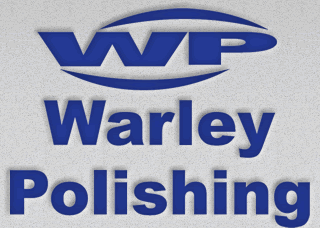Surface Technology - Continued
Surface Finishes & Standards
MIRROR POLISH B.S. 1449 No. 8 (EN 10088-2 No 2P)
Highly reflective surface finish with a high degree of clarity suitable to viewing distance as close as 1 metre plus.
May require pre-polishing with grit, followed by buffing to produce the highest degree of reflectivity. Pre-polishing with grits substantially increases cost and is required only when base material is inferior.
Ra um
Ra – Roughness Average (sometimes referred to as CLA) is the universally recognised and most used international parameter of roughness. It is the arithmetic mean of the departure of the roughness profile from the mean line (not a direct indication of scratch depth).
Relevant British Standard is BSI134 Part 1 – Assessment of Surface Texture
Units can be: um – microns – millionth of a metre
u inch – micro inches – millionth of an inch
1 um is approximately 40 u inch
REFLECTIVITY % (60°)
% Reflectivity (specular reflectance) is an indication of the % of light (at 60) reflected from a beam of light whose axis is 60° to the perpendicular of the surface under test
Measurements are usually made along the direction of polish.
Austenitic Stainless Steel perfectly polished would be expected to reflect approx. only 65% of light
Relevant British Standards are:
BS3900 Part D5 – Measurements of specular gloss non-metallic paint films at 20, 60, & 85 degrees.
BS 6161 Part 12 – Measurement of specular reflectance & specular gloss at angles of 20, 45, 60 & 85 degrees.
No British Standard exists specifically for Stainless Steel
N.B At 60° 100 units of specular gloss = 10 units of specular reflectance
PLEASE NOTE
Surface texture/reflectivity may vary
Dependent on base material and variation
Inherent in production routes involved
IMPORTANT NOTE ON STANDARDISATION
Despite the existence of the standards outlined above, specifying these standards is only useful as a guide and not suitable for verification of surface finish. The standards do not take into account the numerous variables such as inherent characteristics of the materials surface, the source of materials, the type of polishing equipment used and their individual set up, the polishing consumables used, their type and source.
To sum up. The Polished surface finish is entirely subjective. Sampling is the only guaranteed method of verification.
![]()
